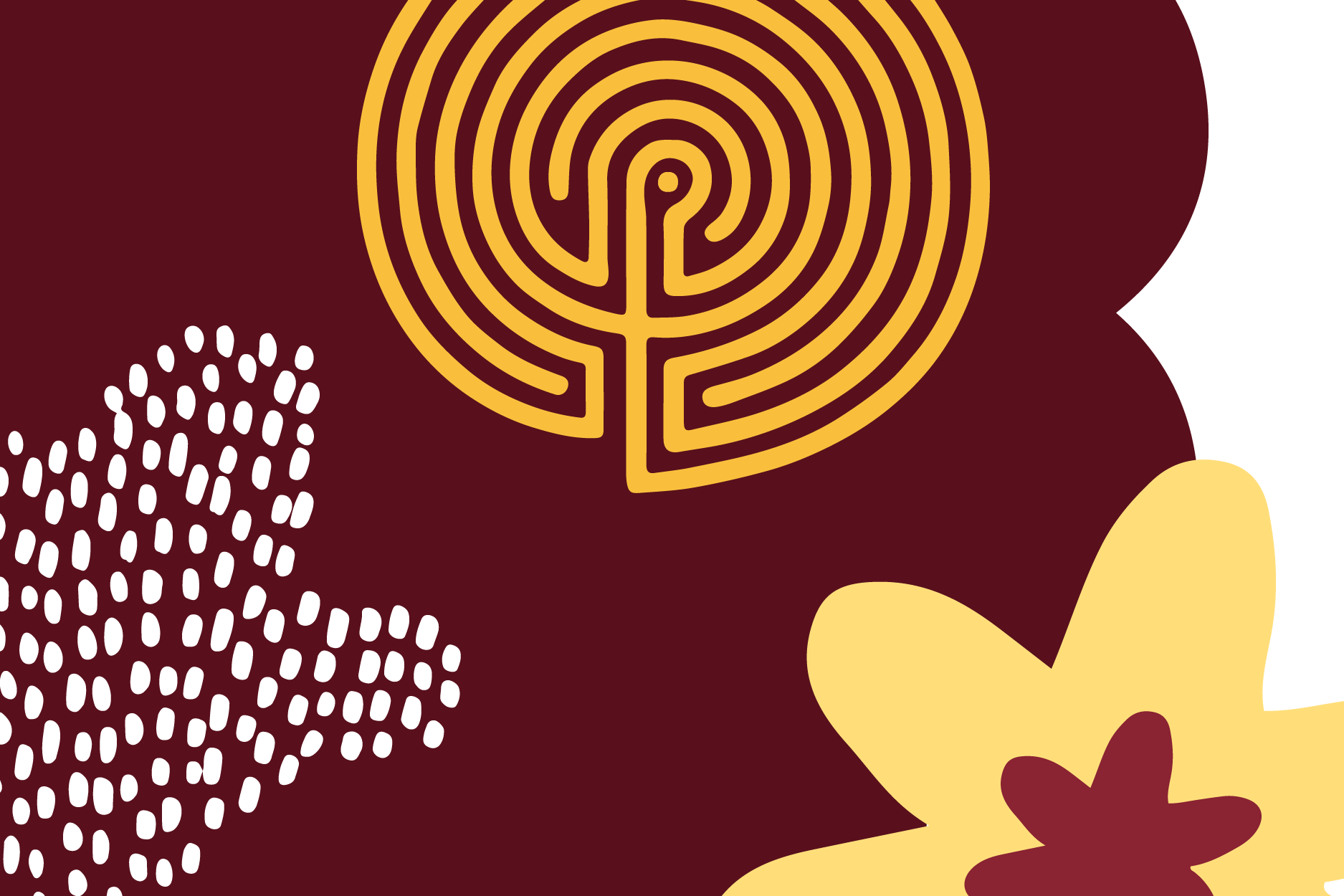CSH Mindfulness Newsletter – Issue 22, Presencing: transforming the way we relate to the world and to one another
Autumn hiking story and the transformative power of Otto Scharmer’s Presencing
September 1, 2021
Mariann Johnson
It was clear autumn had arrived. We could smell it in the air and hear it in the sounds of crunching leaves as we hiked. The breeze carried just a bit of chill, and in noting this, one of my fellow hikers noted that winter was just around the corner. Living in Minnesota, we all understood what that meant, and the conversation quickly turned to winter’s impending ice and cold. There we were in the middle of a beautiful autumn afternoon - clear blue skies, warm sun, brilliant leaves - engaging in anticipatory anxiety about what was to come - even those of us who like winter!
Reflecting on this later, we found humor in our rallying against the forces of nature and the inevitable changing of seasons. More importantly, we recognized the wisdom of one of our fellow hikers, who had mindfully re-directed our attention by simply asking us to stop and notice two eagles sitting in a tree directly above us. Our stopping to notice changed everything. It transformed our perspective and dramatically changed the tone of our conversation. It pulled us out of our collective future-spinning and back to enjoying the woods, remembering that autumn had just arrived and winter was a full season away.
One might argue that in redirecting our attention, our friend was practicing what Otto Scharmer, Senior Lecturer at the Sloan School of Management/Massachusetts Institute of Technology, describes as “Presencing” in his book, Theory U: Leading from the Future as it Emerges.
In essence, Scharmer’s presencing is about practicing mindfulness and learning to trust our ability to innovate and grow, rather than falling back on our predictable - and not always helpful - conditioned behaviors. Or, as in the case of my hiking group, easily falling prey to reactive groupthink. Like mindfulness, presencing involves intentionally suspending judgement to help mitigate the brain’s tendencies to ride the course of familiar neural pathways. It allows us to see with fresh eyes and to redirect our attention; to gently let go of autopilot tendencies and permit new perspectives and ways of being to emerge.
Scharmer’s transformational work and mindful presencing process is widely taught and used in community, government, and business settings around the world, where the stakes of effective communication and collaborative action are much higher than they were for my hiking group in the woods. But the premise remains the same. For our communities, governments, families, and individual citizens to establish healthier and more inclusive ways of being together in the world, we must first be willing to explore differing perspectives and to learn from each other. It takes courage and compassion to practice presencing, but today’s challenges require new lenses and new approaches. Let’s allow presencing to lead the way.
Tips for Cultivating and Practicing Presencing
- From Essentials of Theory U: Core Principles and Applications by Otto Scharmer (2018, Berrett-Koehler Publishers)
- Start the day with an intentional silence. Intentional silence or mindfulness allows you to let go of the noise and everything that is not essential, and to connect with the purpose and intention that you want to be of service. That attunement sets the tone for the day.
- End each day with four or so minutes of observation, as if you are looking at yourself from the outside. Pay attention to how you interacted with other people and what other people wanted you to do. Do this nonjudgmentally. Just observe. Over time, you will develop an internal observer that allows you to look at yourself from someone else’s point of view.
- When connecting to other people and contexts, open all four “channels” of listening: 1. Listen from what you know (habitual), 2. From what surprises you (open minded), 3. From the whole (empathic and open-hearted), and 4. From what you sense may want to emerge (generative) from a more open presence.
- When it comes to repairing and healing relationships, remember that you can use the awareness that mindfulness grants us in the present moment to reflect on your past behavior. With presencing as our guide, it’s never too late to repair or attempt to heal a relationship.
- When you notice that “Absencing” is strong in you (i.e., the opposite of presencing, basically mindlessness in its many forms) do your best to engage Scharmer’s three qualities of presencing: curiosity, compassion (first for yourself, then for others) and courage. Practice good self care and seek out support from others. Consider a nurturing walk in the woods. Who knows, you may just encounter an eagle or two!



